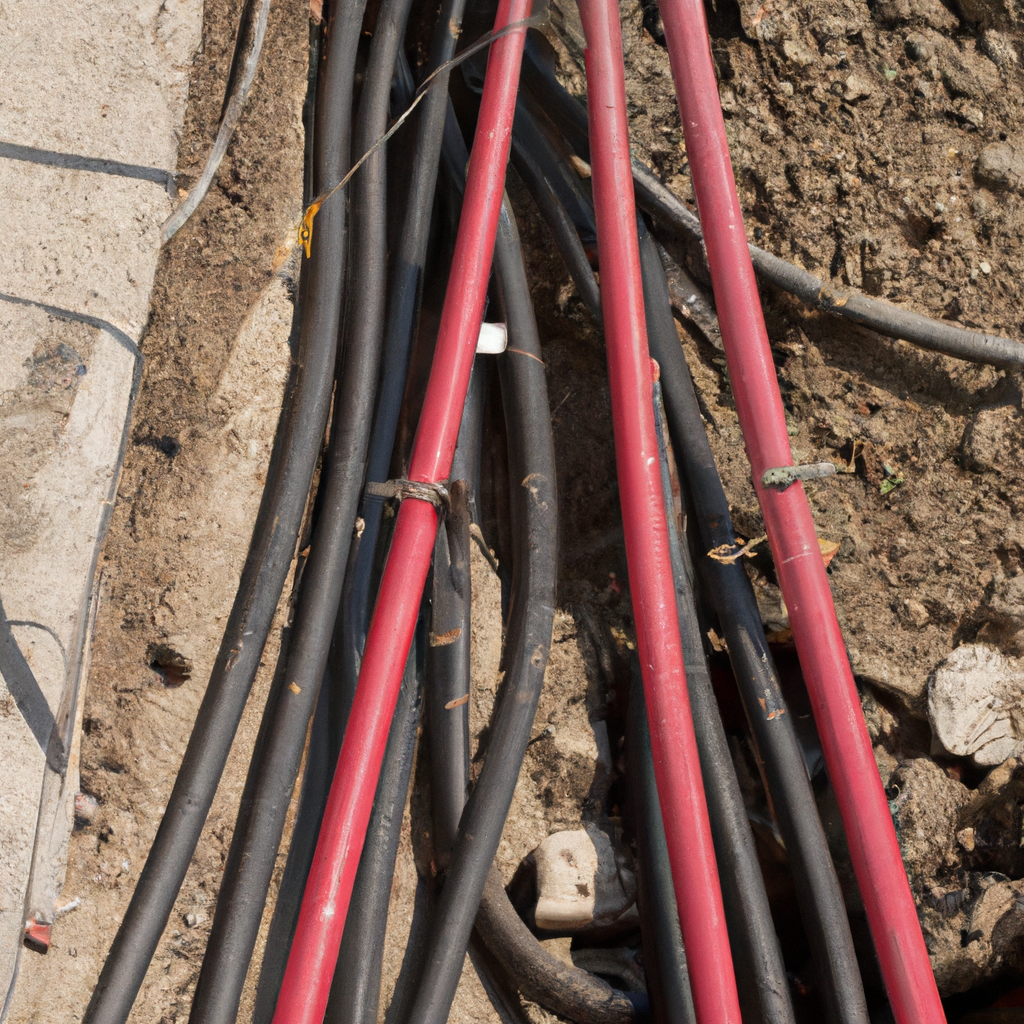Construction projects involve working with various materials, and concrete is one of the most widely used. However, beneath the surface of concrete structures, there may be hidden obstacles or elements that can pose risks and impact the overall quality. This is where concrete scanning comes into play.
What is Concrete Scanning?
Concrete scanning refers to the non-destructive process of detecting and mapping embedded objects within concrete structures. It allows construction professionals to identify and locate rebar, post-tension cables, pipes, conduits, and other objects before drilling, cutting, or coring. By doing so, it minimizes the risk of damaging essential elements, ensures structural integrity, and enhances construction safety.
Importance of Concrete Scanning
Concrete scanning plays a vital role in construction safety and quality assurance. By accurately locating hidden elements, it prevents accidental hits during drilling or cutting, which can lead to injuries, delays, and costly repairs. It also helps avoid structural damage, ensuring the longevity and stability of the construction project.
How Does Concrete Scanning Work?
Concrete scanning utilizes advanced technologies such as ground-penetrating radar (GPR) and electromagnetic induction to detect objects within concrete. GPR sends electromagnetic waves into the concrete, which bounce back when they encounter different materials. This information is then processed to create a detailed image of the subsurface.
Technologies Used in Concrete Scanning
In addition to GPR, other technologies like concrete x-ray and infrared thermography are used for concrete scanning. Concrete x-ray provides a more detailed view of the internal structures, including depth and composition. Infrared thermography detects temperature differences to identify moisture, delamination, or voids within concrete.
Benefits of Concrete Scanning
Concrete scanning offers several benefits for construction projects. Firstly, it reduces the risk of accidents by avoiding clashes with hidden objects. Secondly, it saves time and costs by preventing unnecessary repairs and rework. Thirdly, it improves project planning and execution by providing accurate information about the structures subsurface. Lastly, it enhances overall construction quality and durability.
Applications of Concrete Scanning
Concrete scanning finds applications in various construction scenarios. It is commonly used in building renovations, where knowledge of existing structures is crucial. It is also vital in infrastructure projects involving bridges, tunnels, and highways. Additionally, it is employed in the construction of high-rise buildings and industrial facilities, where precision and safety are paramount.
Concrete Scanning in Melbourne
In Melbourne, concrete scanning has become an integral part of construction projects. With its booming construction industry and growing infrastructure development, the need for accurate subsurface information is higher than ever. Construction companies in Melbourne rely on concrete scanning services to ensure the safety, quality, and timely completion of their projects.
Choosing a Professional Concrete Scanning Service
To achieve reliable results and maximize the benefits of concrete scanning, it is essential to choose a professional and experienced service provider. Look for companies in Melbourne that have a proven track record in the industry, possess the latest scanning technologies, and employ skilled technicians. By selecting the right partner, you can ensure accurate scans and minimize potential risks.
Concrete Scanning: Enhancing Construction Safety
Concrete scanning significantly enhances construction safety by eliminating the risk of accidental hits on hidden elements. By identifying and marking the precise locations of rebar, cables, or pipes, workers can proceed with confidence, reducing the likelihood of injuries and creating a safer working environment.
Concrete Scanning: Ensuring Quality Assurance
Quality assurance is a critical aspect of any construction project. Concrete scanning plays a crucial role in ensuring the integrity and quality of structures. By detecting voids, moisture, or delamination within concrete, professionals can address these issues promptly, preventing future complications and maintaining the desired quality standards.
The Future of Concrete Scanning
As technology continues to advance, the future of concrete scanning looks promising. Innovations such as improved imaging software, artificial intelligence, and robotics are expected to revolutionize the industry. These advancements will further enhance the accuracy, efficiency, and speed of concrete scanning, making it an indispensable tool for construction projects.
Conclusion
In conclusion, concrete scanning is an essential step for construction safety and quality assurance. By utilizing advanced technologies and experienced professionals, construction companies in Melbourne can ensure the integrity of their structures, minimize risks, and deliver projects with excellence. Investing in concrete scanning is a proactive measure that pays off in terms of safety, efficiency, and long-term durability. So, embrace the power of concrete scanning and take your construction projects to new heights!

